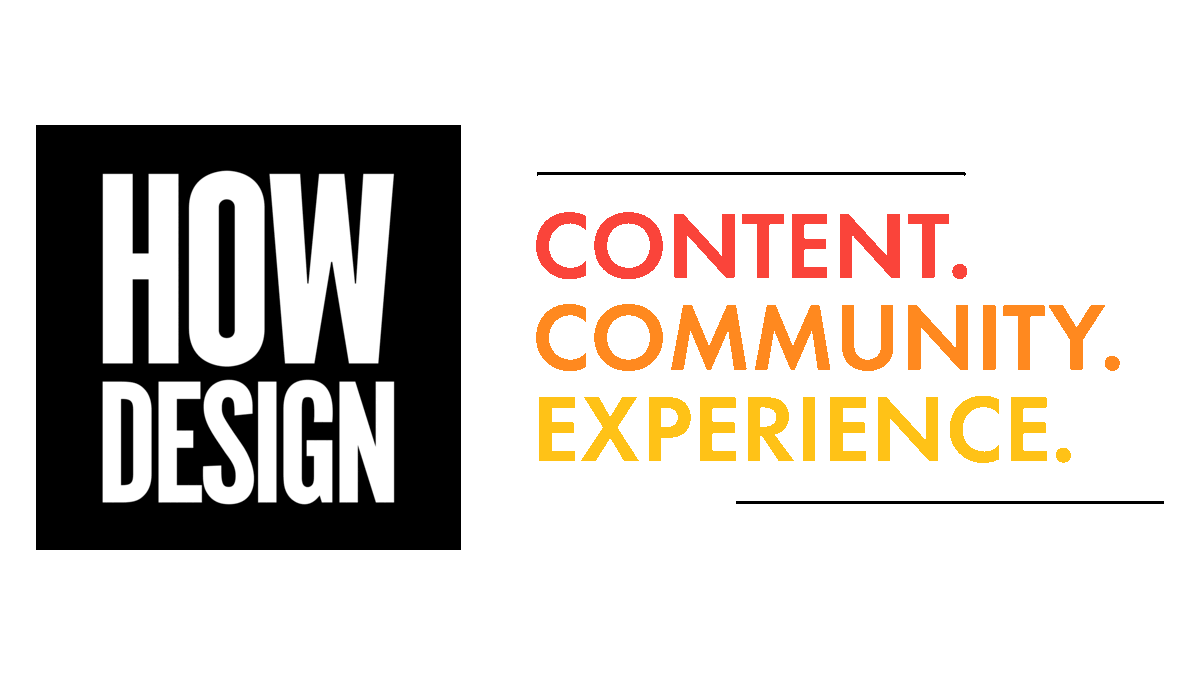
Over the past year, the design industry (like most industries) has had to navigate a lot of ups and downs. Although some uncertainties remain, new and exciting opportunities abound! In fact, I would argue that now is the most exciting time to be in design.
Consider the fact that more people are spending more time online. They’re browsing social media, mobile apps, e-commerce sites and are hungry for digital content. All of these channels and resources need a designer’s eye. They need a flourish that only you can provide. How incredible is that?
But with these new opportunities come a demand for new skills. While the landscape is changing every day, we combined our audience research with some third-party reports and articles to gauge which skills rise to the top. The top six skills are:

A salary report released by Aquent, a London recruitment agency, found that “designers have become the most ‘in-demand’ [of creative professionals] as user experience becomes vital to industry survival.” As more content and media get the digital treatment, designers will need to know how their decisions influence the overall user experience (UX) on different devices and platforms, as well as specific experience user interfaces (UI).

In the business-to-business (B2B) world, content marketing is equal parts art and science. Great content writers and marketers know they need great designers to help their stories come alive. In one survey, 69% of marketers said visuals were “very important” or an “absolute necessity” to their strategy. You may be thinking, “well, good design is good design, right?” But the reality is, there are some design principles that are highly specific to the B2B buying process. These are professional situations with the typical buying process including several stakeholders, including CEOs. That means content needs to be engaging, beautiful and easy to read and navigate. It requires great branding but also pointed storytelling. You also need to understand structural requirements and design best practices for different formats, such as E-books, white papers and infographics.

They say a picture is worth 1,000 words. I would argue a video is worth 1,000,000! In this digital world we’re living in, we’re being pummeled by visuals. That means videos, motion graphics and even GIFs are a great way for your brand to stand out. Consider the fact that video ads can drive a 48% higher sales rate than static ads.
Video savvy doesn’t just mean designing beautiful videos; it’s about knowing different video structures, storytelling and even basic content principles so you can work with your editorial and marketing colleagues better.

Many creatives wear many hats, especially if you are part of a startup or agency. That means you’re not only designing. You’re helping with web development projects and you’re strategizing and helping launch digital marketing campaigns. While some of the earlier skills are certainly valuable here (such as UX and video expertise), you also need to know what resonates on different platforms and channels. What capabilities are available on TikTok versus Instagram? How do ad sizes and features vary across networks? Are there any specific best practices that drive clicks, email opens, shares and other metrics? Having this fundamental knowledge gives you a leg-up in your role and helps you make better design decisions. Rather than waiting for guidance from a manager or peer, you can hit the ground running on creating email visuals, social content and display ads that truly shine!

Inclusivity and accessibility aren’t just nice to have; they’re critical for any brand to win and keep user trust. This is especially true for brands that see Gen Z as their target audience. According to research from Microsoft Advertising, 70% of Gen Z consumers are more trusting of brands that represent diversity in ads. Moreover, 69% said that brands representing diversity are more authentic overall.
Inclusivity should be present in everything you do. It should impact UX, UI, color palette and image decisions. There are so many great resources and organizations out there (including our friends at Project Inkblot) that can help you expand your knowledge.

It’s clear that end users are evolving beyond static experiences. They want to engage with content and design that’s immersive, engaging and interactive. Creative teams agree that interactive content makes an impact: 90% say it performs better than its static counterpart.
There are many platforms designed to help make creating interactive experiences more seamless, including Ceros, Snapapp, CO and ion interactive. They all have some great case studies and real-life examples to use for inspiration or insight into they work. Not to mention, they have some great educational resources. More companies are looking for dynamic content experts, so digging into this exciting space can give you an advantage.
Of course, these are only a few of many skills you can add to your “design toolbox” to flourish in this new world of design. If you really want to build your creative prowess, sign up for the HOW Design Today newsletter! We’ll send you helpful resources, digital sessions and insights directly to your inbox. And, if you want to get actionable advice and best practices in-person, registration is now open for HOW Design Live 2021 in Nashville!
